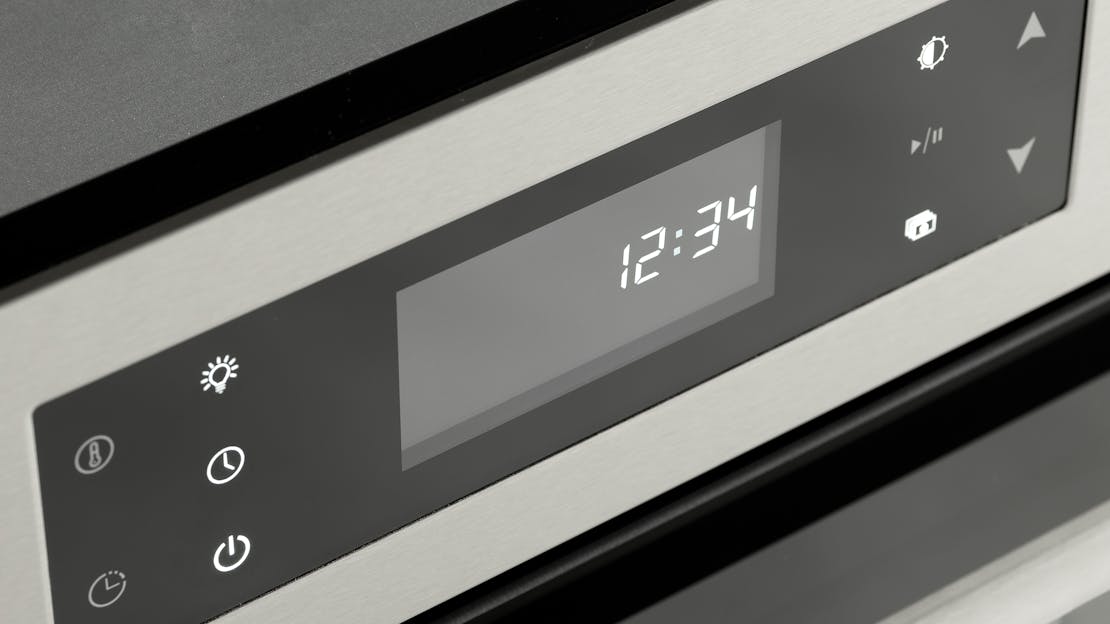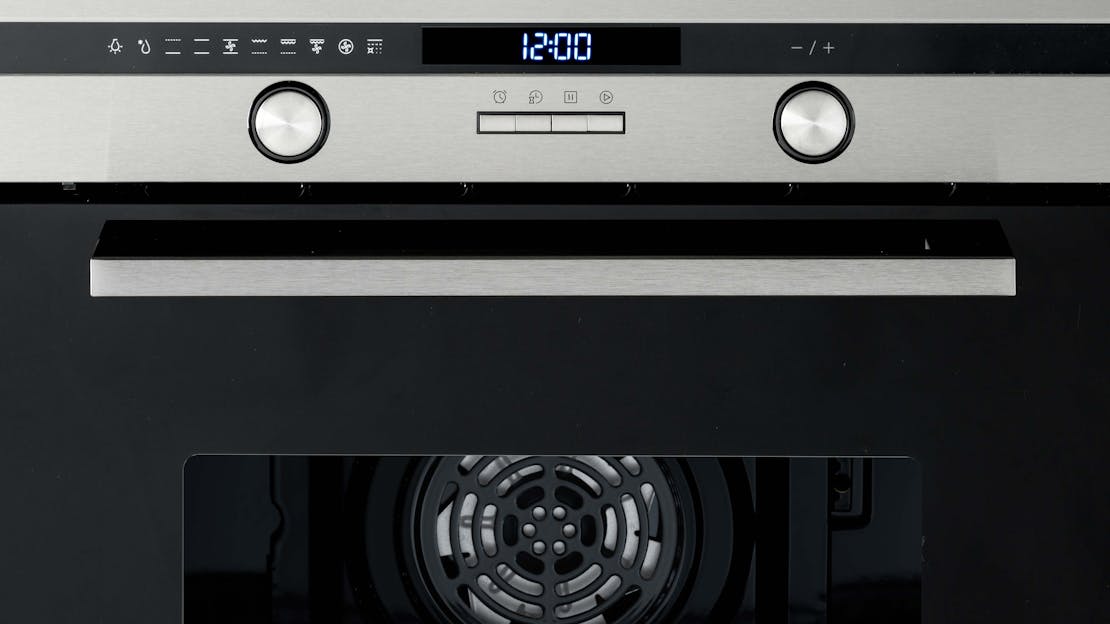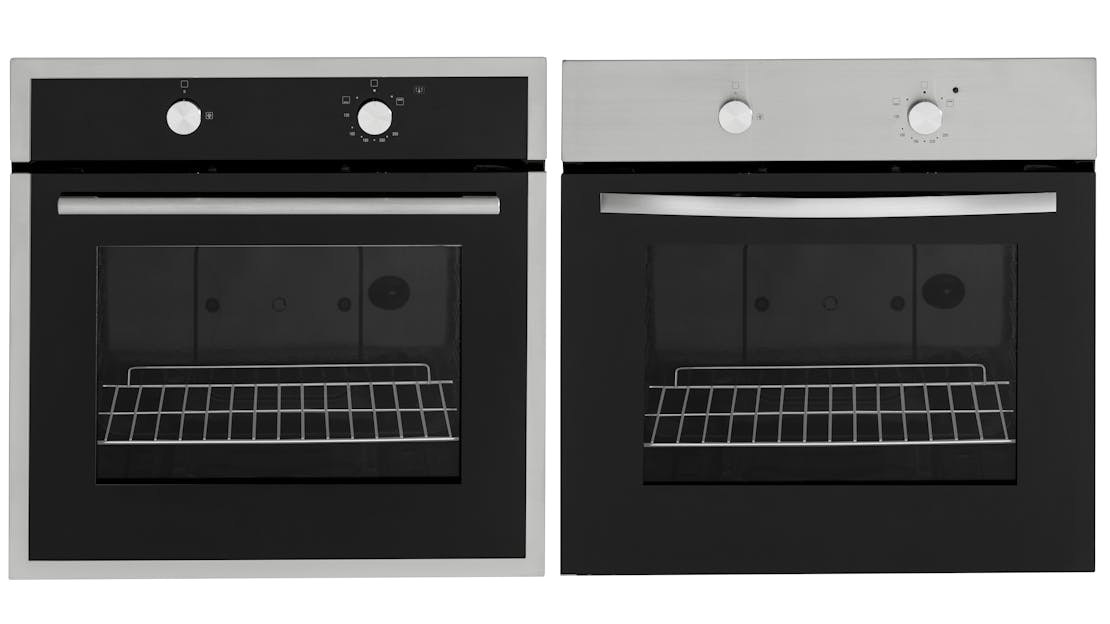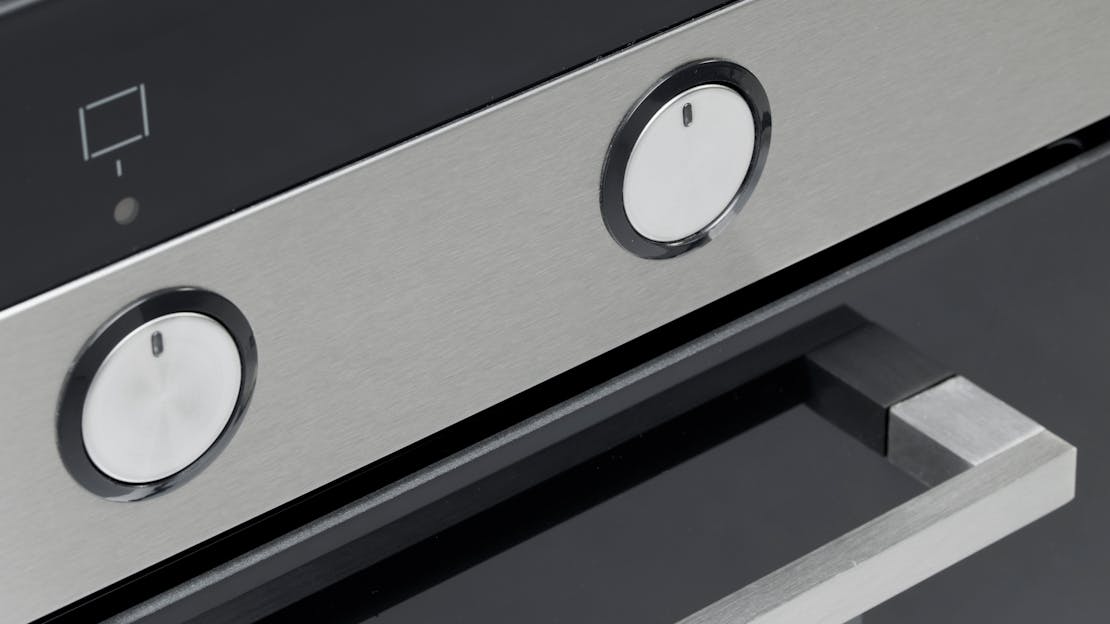
The Ultimate Oven Buying Guide
Welcome to the comprehensive guide on electric ovens! Whether you're a passionate home cook or someone who simply enjoys preparing delicious meals, this guide is here to provide you with valuable insights into the world of electric ovens.
How does an oven fit?
Our single ovens offer the flexibility to be installed either in a column or under the worktop, providing versatile placement options. Our double ovens require installation in a column configuration, ensuring optimal functionality and performance.
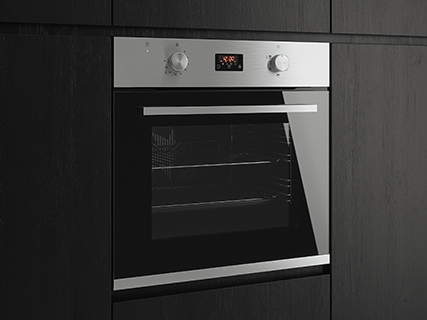
Column
The oven is conveniently positioned inside a column cabinet, offering an enhanced culinary experience. This clever arrangement eliminates the need for bending, allowing effortless manoeuvring of dishes in and out of the oven. This feature is particularly beneficial for handling substantial cookware with ease.
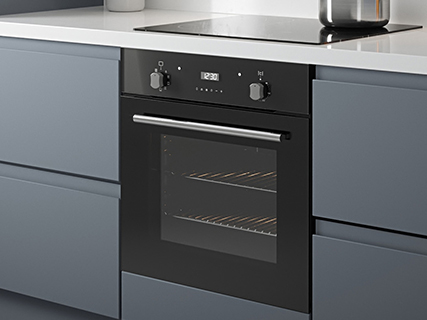
Built Under
The oven is ingeniously integrated beneath the worktop, effortlessly blending in with the surrounding kitchen cabinets for a flawless aesthetic. This clever design ensures a seamless and cohesive appearance, enhancing the overall visual appeal of the kitchen space.
Oven fuel types
Built-in ovens are designed to accommodate different fuel types, providing options to suit various cooking preferences.
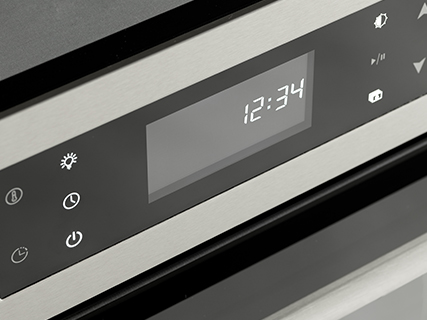
Electric
Electric ovens are widely preferred for their exceptional performance. They excel in distributing heat evenly, guaranteeing consistent and reliable cooking results. Moreover, electric ovens boast precise temperature control, enabling accurate adjustments for achieving optimal cooking conditions. With their ability to maintain precise temperatures, they offer a reliable and consistent cooking experience, making them a popular choice among home chefs.
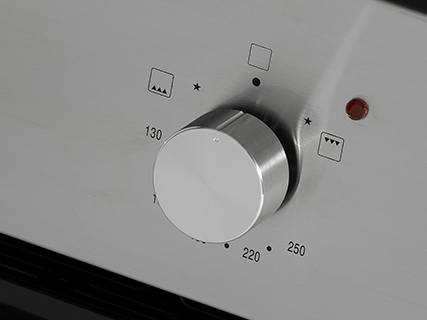
Gas
Gas ovens are renowned for their unique advantages in the realm of cooking. They are favoured by many culinary enthusiasts for their immediate and precise heat control. With a simple turn of the dial, gas ovens quickly reach the desired temperature, allowing for efficient preheating and faster cooking times. Additionally, gas ovens offer excellent moisture retention, ensuring that dishes retain their natural juiciness and tenderness. The moist heat generated by gas ovens is particularly beneficial for baking.
Will a double oven fit in a single oven space
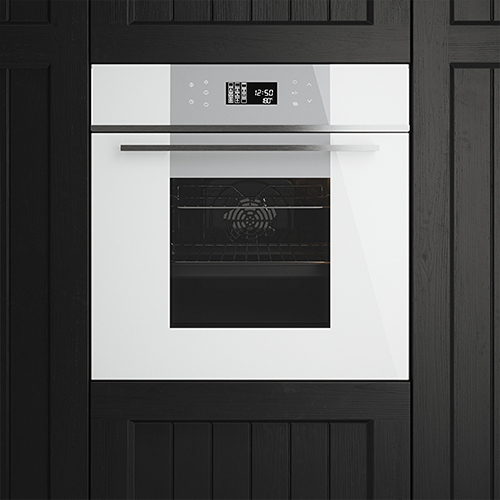
In general, a double oven will not fit in a space designed for a single oven. Double ovens typically require more height compared to a single oven. They are designed to be installed in a specific size and configuration to accommodate two separate oven compartments.
If you have a single oven space and you want to install a double oven, you would typically need to make modifications to the cabinet or surrounding area to accommodate the larger size. This may involve expanding the cabinet opening, adjusting the electrical or gas connections, and ensuring proper ventilation.
It's always recommended to consult the installation instructions and specifications provided by the manufacturer of the double oven you're considering, as they will have specific requirements and guidelines for installation. Additionally, you may want to consult with a professional installer or contractor to assess the feasibility and potential modifications required for installing a double oven in your particular space.
How long should an oven last
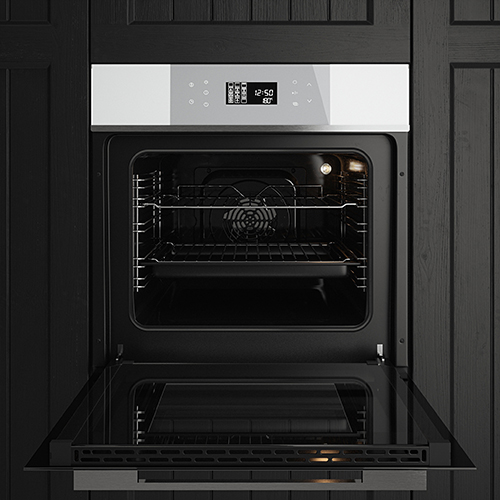
The lifespan of an oven can vary depending on various factors such as the brand, quality of construction, usage patterns, and maintenance. However, on average, a well-maintained oven can last between 10 to 15 years. Some high-end models or professional-grade ovens may have a longer lifespan.
It's important to note that the lifespan can be influenced by how frequently the oven is used, the type of cooking done, and how well it is maintained. Ovens that are heavily used or subjected to high-temperature cooking, such as broiling or baking at very high temperatures, may experience more wear and tear and have a shorter lifespan.
Regular maintenance, such as cleaning the oven regularly, avoiding excessive spills or build-up, and addressing any issues promptly, can help extend its lifespan. Following the manufacturer's guidelines for maintenance and care, such as replacing worn-out parts, can also contribute to the longevity of the oven.
Ultimately, if you notice significant performance issues, frequent breakdowns, or signs of deterioration in your oven, it may be time to consider replacing it, even if it has not reached the average lifespan.
If you are interested in tips on increasing the lifespan of your oven, check out our guide.
Which oven is best for me
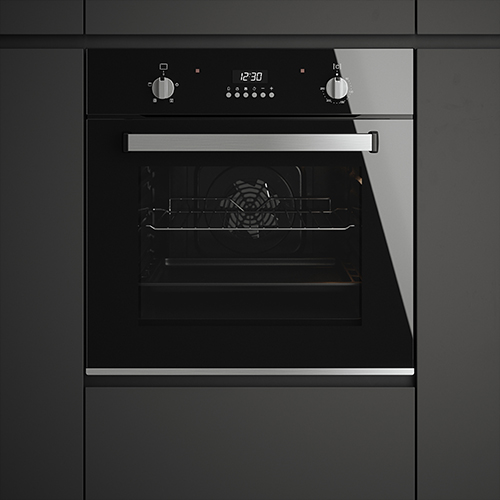
When it comes to choosing the best oven for your needs, several factors should be taken into consideration. Firstly, you'll need to determine the type of oven that suits you best. Gas ovens offer precise temperature control and are popular among professional cooks. On the other hand, electric ovens provide even heating and are generally easier to clean.
Next, consider the size and capacity of the oven. Evaluate the available space in your kitchen and choose an oven that fits accordingly. It's important to think about the number of people you typically cook for and the types of dishes you prepare. Make sure the oven's interior capacity is sufficient for your cooking requirements.
Take a look at the cooking features offered by different ovens. These can include convection cooking, steam cooking, self-cleaning functions, and programmable settings. Determine which features are important to you and align well with your cooking style.
Energy efficiency is another important aspect to consider. Look for ovens with high energy efficiency ratings to reduce energy consumption and lower utility costs. Energy-efficient models often incorporate features like insulation and convection technology to optimise cooking performance while minimizing energy usage.
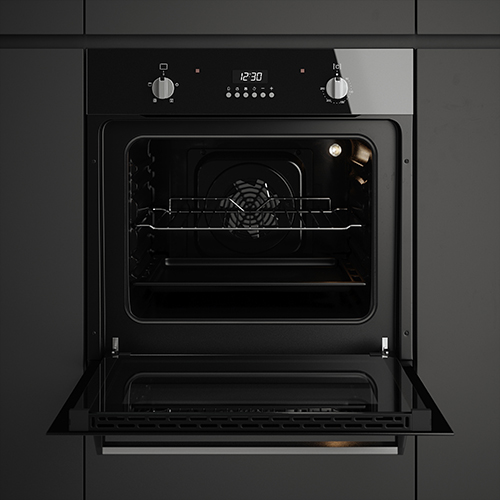
Establishing your budget range is crucial. Consider not only the initial purchase cost but also the long-term operational costs, such as energy consumption and maintenance. Determine how much you are willing to spend and explore ovens within that price range.
Research reputable oven brands known for their quality, reliability, and customer satisfaction. Reading reviews, seeking recommendations, and considering warranty and customer support options can help you make an informed decision.
Don't forget to think about the design and aesthetics of the oven. Consider the overall look and feel of your kitchen and select an oven that matches your desired style. Decide whether you prefer a freestanding oven or a built-in wall oven that integrates seamlessly with your cabinetry.
By considering these factors and doing some research, you can find an oven that meets your cooking needs, fits your space, and aligns with your preferences and budget.
Are single ovens a standard size
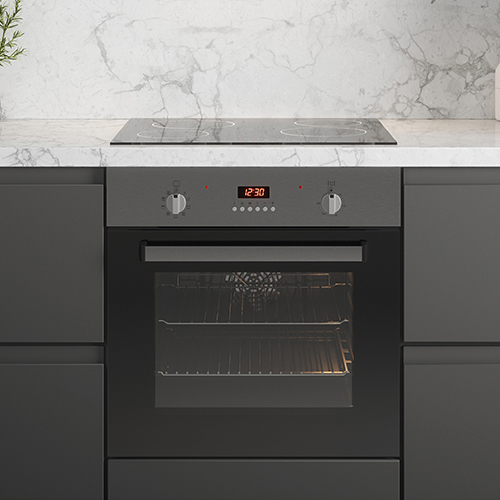
Most single ovens will fit in a standard single oven housing. The typical width of a single oven is approximately 59.5cm, while the standard height of the oven is also around 59.5cm.
Single ovens vary in depth, so it's important to allocate additional space for any gas pipes if you have them.
Do single ovens have a grill
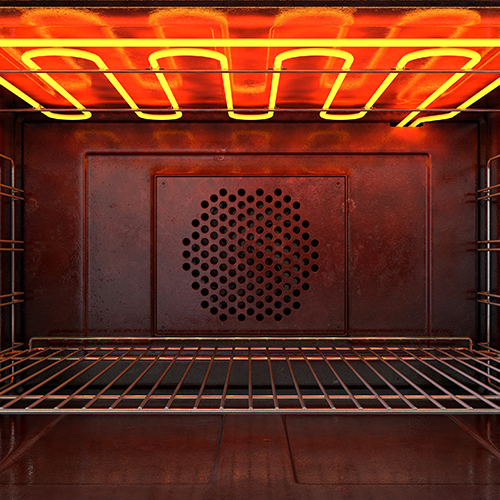
No, not all ovens have a grill. The availability of a grill feature in an oven depends on the specific model and type of oven. While most ovens are designed with a built-in grill or broiler element, there are also ovens that are solely focused on baking and do not include a grill function. It is important to check the specifications or features of a particular oven model to determine if it includes a grill.
All of our single electric ovens come with a grill included.
Do single ovens come with a plug
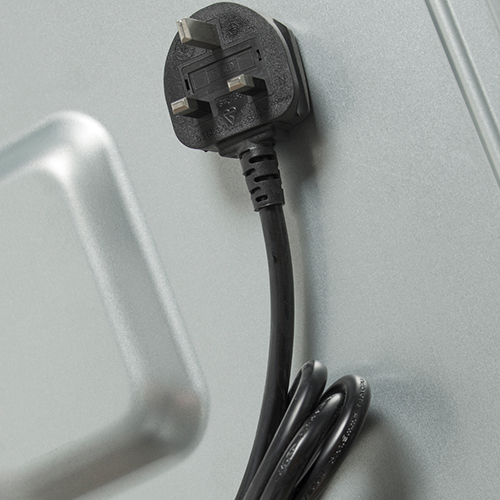
No, single ovens do not always come with a plug attached. Instead, they are designed to be hardwired or connected directly to an electrical junction box. This is because some single ovens require a higher voltage and amperage than a standard electrical outlet can provide.
If you are interested in purchasing a single oven with a plug we have a variety of models available.
Can 2 single ovens be stacked
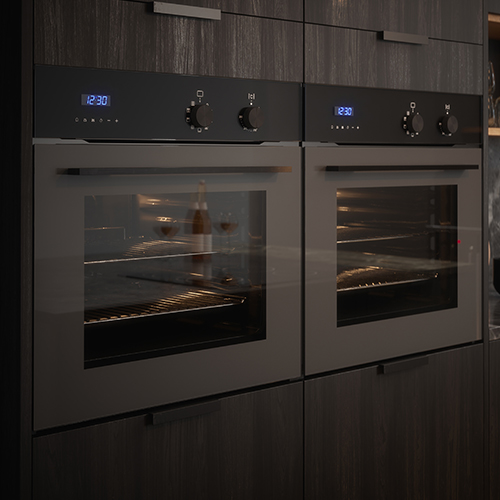
No, it is not recommended to stack two single ovens on top of each other. Single ovens are designed to be standalone units and are not intended to be stacked vertically.
Stacking ovens can create safety hazards and may interfere with proper ventilation and heat dissipation, potentially leading to overheating and damage to the ovens. Additionally, stacking ovens can void the warranties provided by the manufacturers.
If you require multiple ovens in a limited space, it is advisable to consider other options such as installing a double oven unit or selecting a combination of different types of ovens, such as a single oven and a microwave oven, that can be placed side by side. It is important to consult the manufacturer's specifications and guidelines to ensure proper installation and safe operation of the appliances.
Are all single ovens the same size
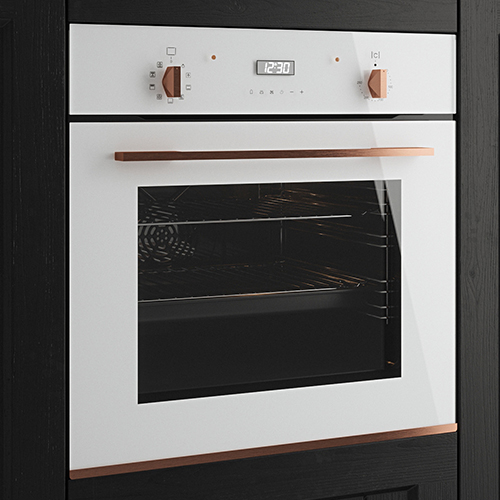
No, single ovens are not all the same size. While there are common dimensions that many single ovens adhere to, there can be variations in size among different models and brands.
Width and height are standard across most models. You only need to measure the depth of your space, especially if you have any obstructions at the back of the oven housing such as gas pipes.
Frequently asked questions
Do electric ovens need special wiring?
Yes, electric ovens typically require special wiring to ensure safe and efficient operation. Electric ovens draw a significant amount of power, and therefore, they require a dedicated circuit with the appropriate wiring to handle the electrical load.
The specific wiring requirements may vary depending on the power rating of the oven and local electrical codes. In general, electric ovens often require a dedicated circuit with a higher voltage (such as 240 volts) and a specific amperage rating. This type of circuit ensures that the oven receives an adequate and stable power supply.
It's crucial to consult the manufacturer's instructions and local electrical codes to determine the precise wiring requirements for your electric oven. In most cases, it is recommended to hire a qualified electrician who can assess your electrical system, install the necessary wiring, and ensure that it meets safety standards and regulations.
What are the do's and don'ts of an oven?
Do's:
- Preheat: Preheat your oven as directed by the recipe or cooking instructions to ensure accurate and consistent cooking temperatures.
- Use Oven Mitts: Always use oven mitts or heat-resistant gloves when handling hot dishes or oven racks to protect your hands from burns.
- Place Dishes Properly: Follow the recommended placement of dishes on oven racks as specified in the recipe or cooking instructions. Allow adequate space for air circulation to ensure even cooking.
- Use Oven-Safe Cookware: Make sure to use oven-safe cookware, such as glass, ceramic, or metal, that can withstand the oven's temperature.
- Clean Regularly: Clean your oven regularly to prevent the build-up of food debris, which can cause smoke and unpleasant odours. Refer to the manufacturer's instructions for proper cleaning methods.
- Follow Timer Instructions: Use the oven timer to keep track of cooking times and avoid overcooking or burning your food.
Don'ts:
- Don't Leave Unattended: Avoid leaving the oven unattended while it is in use. Keep an eye on your food to prevent overcooking, burning, or potential fire hazards.
- Don't Use Harsh Cleaning Agents: Avoid using harsh chemicals or abrasive materials for cleaning the oven, as they can damage the oven's surfaces and coatings. Instead, use recommended oven cleaners or natural cleaning solutions.
- Don't Store Items in the Oven: Do not use the oven as a storage space for pots, pans, or other items. This can block proper airflow and increase the risk of accidental burning or fire hazards.
- Don't Use Aluminium Foil Improperly: While aluminium foil can be used in the oven, avoid covering the oven's heating elements or placing it directly on the oven floor. Improper use of aluminium foil can disrupt heat distribution and potentially cause damage.
- Don't Pour Water on Hot Surfaces: Do not pour water directly on hot oven surfaces, such as glass doors or heating elements. Rapid temperature changes can cause the glass to shatter or damage the heating elements.
It's important to note that these are general guidelines, and it's always recommended to refer to the specific instructions and guidelines provided by the oven manufacturer for safe and proper usage.
Is it OK to cook multiple things in the oven?
Yes, it is generally okay to cook multiple things in the oven at the same time. However, there are a few factors to consider:
- Temperature and Cooking Time: Different dishes may require different cooking temperatures and times. If you plan to cook multiple items together, ensure that their temperature and cooking time requirements are compatible. You may need to adjust the cooking time or temperature for certain dishes to ensure they cook properly.
- Airflow and Space: Adequate airflow is important for even cooking. Make sure there is enough space between dishes to allow hot air to circulate freely. Avoid overcrowding the oven, as this can hinder proper heat distribution and result in uneven cooking.
- Compatibility of Flavours and Aromas: Be mindful of the flavours and aromas of the dishes you are cooking simultaneously. Strongly flavoured dishes may affect the taste of more delicate dishes if cooked together. If you're concerned about flavour transfer, you may want to consider using separate oven-safe containers or using foil or parchment paper to create a barrier between dishes.
- Rack Placement: Adjust the oven racks to accommodate multiple dishes, ensuring that there is enough space between them. Place the dishes strategically to allow for even heat distribution.
- Monitoring and Rotation: Keep an eye on your dishes as they cook and consider rotating them if necessary. Some areas of the oven may have slightly different temperature zones, so rotating the dishes can help ensure even cooking.
By considering these factors, you can often cook multiple things in the oven simultaneously without any issues. Just be attentive to the specific needs of each dish and make any necessary adjustments to ensure proper cooking and flavour preservation.
Do things cook better at the top or bottom of the oven?
In general, the top and bottom of the oven can have slightly different temperature zones, and this can impact cooking results. Here are some considerations regarding cooking placement in the oven:
- Top Shelf: The top shelf of the oven tends to be hotter and more suitable for dishes that require browning, crisping, or a faster cooking time. It is ideal for items like roasted vegetables, pizzas, or dishes that need a golden or crispy top.
- Bottom Shelf: The bottom shelf of the oven tends to be cooler and is better for dishes that require more gentle and even heat, such as casseroles, custards, or baked goods like bread and cakes. Placing items on the bottom shelf can help prevent excessive browning or burning on the top.
- Rack Placement: Adjusting the rack position can also impact cooking results. Placing dishes closer to the top heating element will result in more direct heat, while placing them closer to the bottom heating element will provide more indirect heat. Experimenting with rack positions can help achieve the desired cooking outcomes.
- Rotation: Regardless of the oven placement, it's often a good practice to rotate dishes during cooking. This ensures even exposure to the oven's heat and helps prevent uneven cooking or browning.
It's important to note that oven performance can vary, so it's a good idea to get to know your specific oven and its temperature distribution. Observing and testing different positions and rack levels for your dishes can help you determine the best placement for optimal cooking results. Additionally, following recipe instructions and guidelines specific to the dish you're preparing can provide valuable insights on recommended oven placement.
What to do when you first buy an oven?
Break in the oven.
This is technically called a "burn in" and it's a pretty important step (or several steps). Almost every oven — gas or electric — will need a burn in (remember to read the manual) or else you will have some stinky chemical smells, which can permeate your food when you go to cook.
Most manufacturers will tell you to heat your new oven to a high temp (think: about 200°C) for 30 minutes to help remove any residue from the surfaces inside the oven. Be sure to open the windows and run some fans — things will get smelly. You might have to repeat this process several times until you no longer smell the chemicals while the oven is on.
More buying guides
![The Ultimate Guide to Single Electric Ovens]() Oven Buying Guides
Oven Buying GuidesThis comprehensive guide is designed to empower you with the knowledge needed to make an informed decision when selecting a single electric oven for your kitchen. Throughout this guide, we will delve into various aspects of single electric ovens.
![The Ultimate Pyrolytic Oven Guide]() Oven Buying Guides
Oven Buying GuidesA pyrolytic oven is a self-cleaning appliance that utilises high temperatures to incinerate food residue and grease, eliminating the need for manual scrubbing. During the cleaning cycle, which reaches temperatures as high as 400 to 500 degrees Celsius, the oven locks its door and converts organic matter into ash.
![Oven Types: A Comprehensive Guide to Choosing the Right Oven for Your Home]() Oven Buying Guides
Oven Buying GuidesWhen it comes to buying a new oven, the options can seem overwhelming. With over 20 different types of ovens available, each with unique features and functionalities, it can be difficult to determine which one is right for you.
![The Ultimate Guide to Gas Ovens]()
In this comprehensive guide, we'll delve into the history and evolution of gas ovens, explore their advantages and disadvantages, and provide you with everything you need to know about selecting, installing, and maintaining these kitchen appliances.

